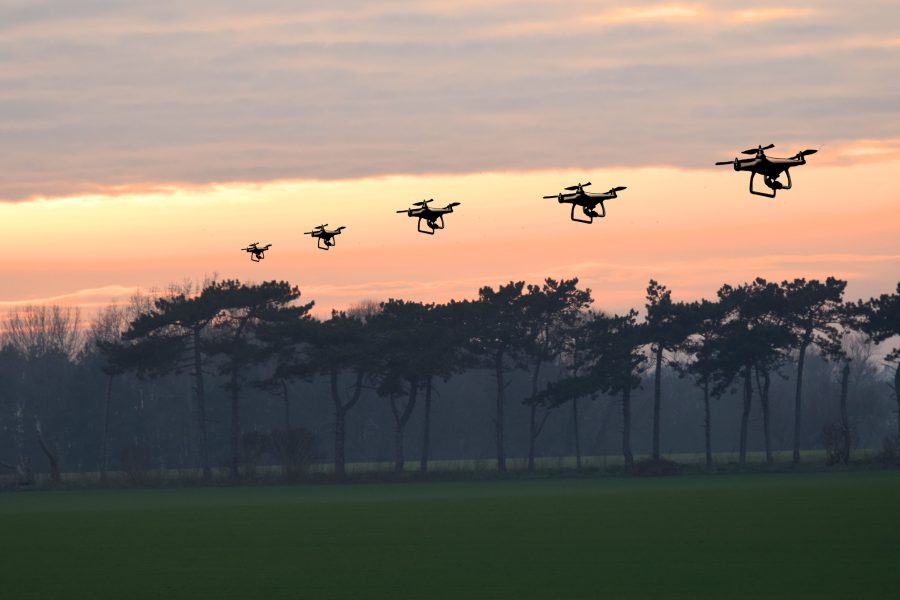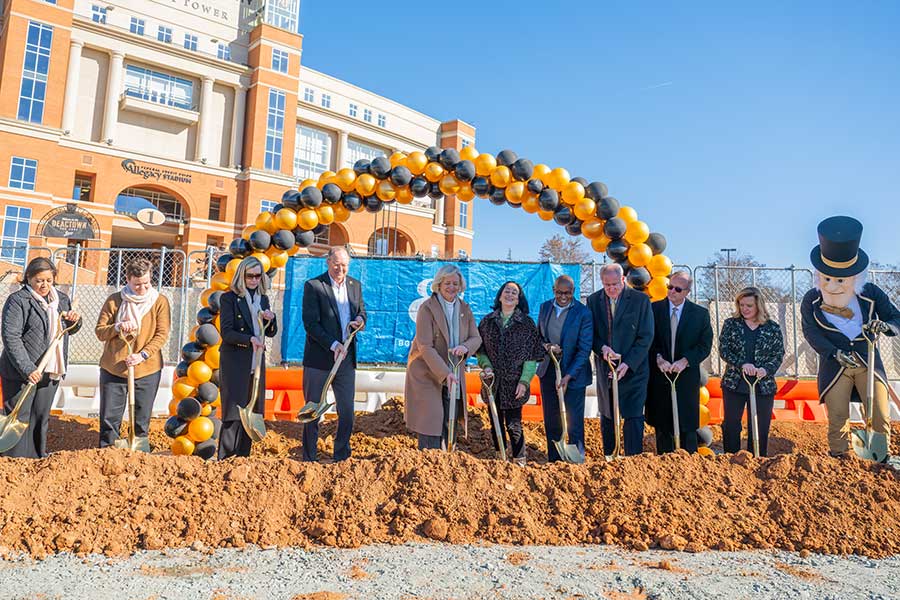What’s fueling wildfires in the Southeast?
Civil and environmental engineering professor Lauren Lowman explains
Earlier this year, wildfires in the Southeast U.S. followed months of weather whiplash – from drought to floods and back to drought. Lauren Lowman, associate professor of civil and environmental engineering at Wake Forest University, explains the essential role fire plays in the region and how extreme weather affects wildfires.
“We often think of wildfires as an issue for western states in the U.S. or in drier climates, but actually here in the southeast U.S, fire and wildfire are a very natural part of our ecosystems,” Lowman said.
Wildfires are often associated with western states, but what about fires in the Southeast?
The Southeast United States, out of any part of the country, typically has the largest amount of areas burned by both prescribed burns and wildfire combined. The difference in terms of visibility from the fires that we see in the West is that a lot of these fires do not occur in populated areas. Recently, we’ve seen more fire events closer to where people live, and we’re starting to hear about these fire events more frequently simply because of that proximity versus fires occurring in natural areas that don’t have large populations.
How do extreme weather events, like hurricanes, increase a region’s vulnerability to wildfires?
In recent years, we’ve seen a lot of swings in extreme weather. If you think about just this past year in the Southeast U.S., we started with a flash drought in the summer, an extreme dry event that came on very quickly, and then hurricanes came through and brought an extreme amount of precipitation in a short amount of time that led to flooding in the mountains. After our last big hurricane, Helene, we went back to drought conditions for six months. “Weather whiplash” is how we describe this quick shift in meteorological conditions.
When we have extreme dry events like flash droughts or long, persistent droughts, dead vegetation from these very dry periods fuels wildfires. That is why, during the six-month dry period earlier this year, we saw a number of wildfires break out.
Hurricanes can also play a role in setting the ground conditions that allow for a more intense fire event. As a hurricane comes through, the extreme wind or flooding can damage trees, leaving them to fall over or die off. Then, if you get very dry conditions following that hurricane event, there is more dry fuel available. So, if you have a fire initiated from a lightning strike or some other cause, you now have more fuel lying around. The more dry vegetation that you have or dry dead vegetation on the forest floor or on the ground, the more fuel you have for a fire.
What is flash drought?
Flash drought is a relatively new term to describe extreme drought events that occur within a two-week period. So within two weeks you go from normal or more wet than normal conditions to extremely dry.
Are there benefits to wildfires?
A common misconception is that wildfires are bad for our ecosystems, and in fact, we have a number of plant and animal and insect species in the region that rely on fire. In our coastal forests, we have a lot of native vegetation that relies on fire in order to grow. For example, the Venus Flytrap, an endangered species, would not survive without fire. So, having wildfires is actually really important to maintaining these lush, beautiful ecosystems that we see around North Carolina and across the Southeast region. They would not exist without consistent fires. In our research, which is currently going on in my lab, we are studying prescribed fire events across a number of different ecosystems that are really important and native to this region.
What is the goal of your research?
The goal of my research is to understand how natural vegetation is responding to different extreme weather events, from hurricanes to floods to extreme droughts and wildfires. We have study sites in North Carolina that are being managed to maintain native wildflowers or Venus fly traps, but also certain grasses that are preferable for the nesting habitats of songbirds like quail. It is critical to understand the role of fire in altering forest canopy structure and regional carbon, energy and water budgets.
For more on Lowman’s work, read her article published this spring in The Conversation, “Carolina wildfires followed months of weather whiplash.”



